Google Tag Manager Setup for WordPress & Shopify: The Complete 2025 Guide
Data is vital in the fast-paced digital marketing world. It doesn’t matter if you have a blog on WordPress or an online shop on Shopify – you need to track accurately to make the right decisions. Google Tag Manager (free from Google) makes it easier and quicker to track your marketing codes.
If you have ever found it difficult to add any conversion tags, remarketing pixels, or event tracking without messing up your site code, then this blog is for you. Let’s step through the process of integrating Google Tag Manager with WordPress and Shopify. Plus, some tips to get it right the first time.
Key Steps to Set Up Google Tag Manager on WordPress and Shopify
Configuring GTM on WordPress and Shopify is simple. Here are the key steps:
Step 1: Open Google Tag Manager
Go to https://tagmanager.google.com/ and click “Create Account”
Step 2: Add Your Details
Now, enter your account details.
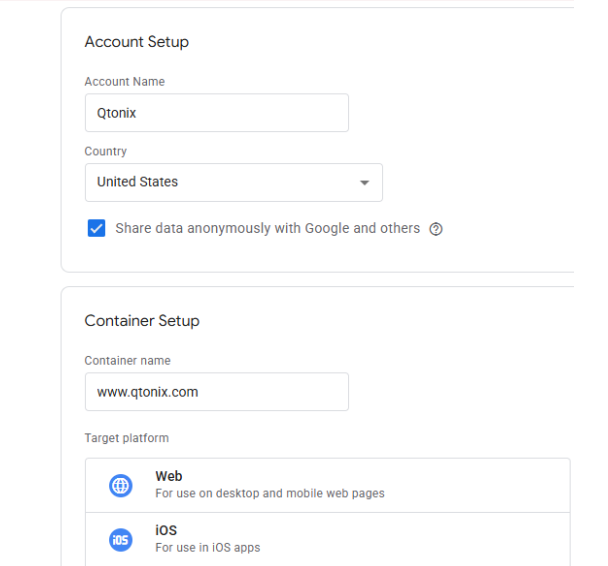
Step 3: Click “Yes”
Accept the terms and conditions and click “Yes.”
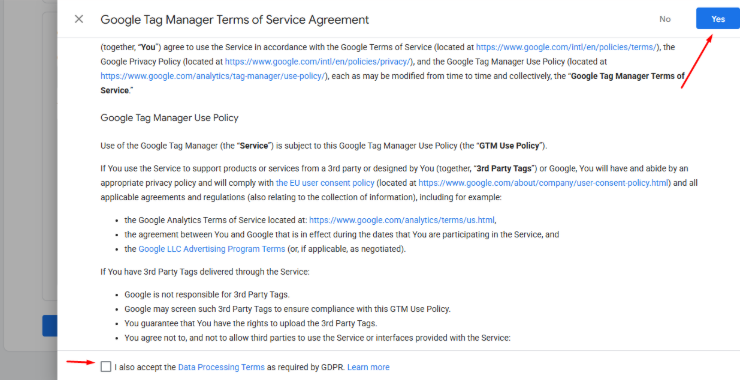
Step 4: Paste The Code
Paste the first code in the head section and the second code in the body of the website, and test whether it is connected or not.
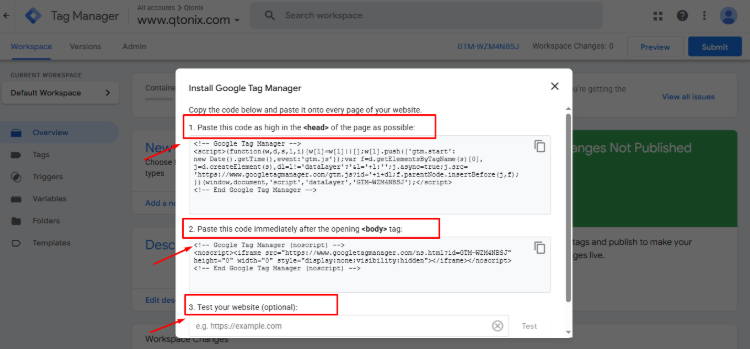
For WordPress
Step 1: Go to WordPress
Use the Header Footer Code Manager Plugin to make things easier.

Step 2: Click “Add New Snippet”
Click on Add snippet to add the code in the backend of the website.

Step 3: Enter The Snippet Info
Add the name of the snippet, keep the location in the header, and the code for the head section below.
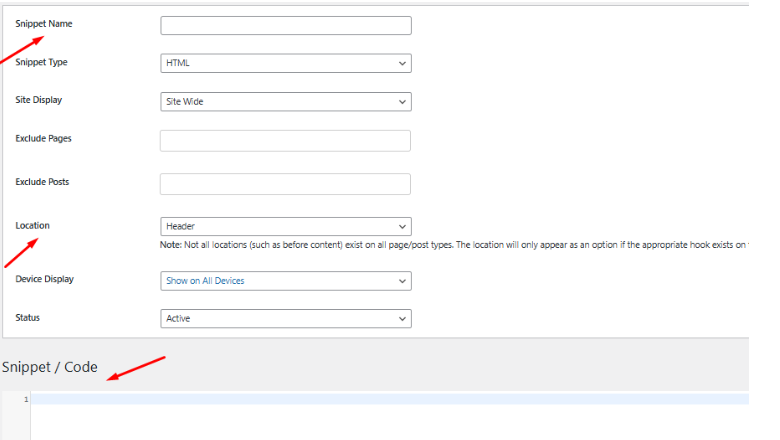
Step 4: Paste The Code
Keep the snippet name similar and change the location to the footer, and then paste the footer code in the section below.
For Shopify
Step 1: Open Your Shopify Account
Log in to your Shopify account and click edit code.

Step 2: Select the theme.liquid
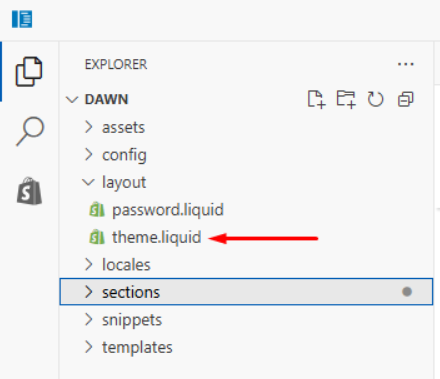
Step 3: Paste The Code
Paste the code for the head section before the head closes.

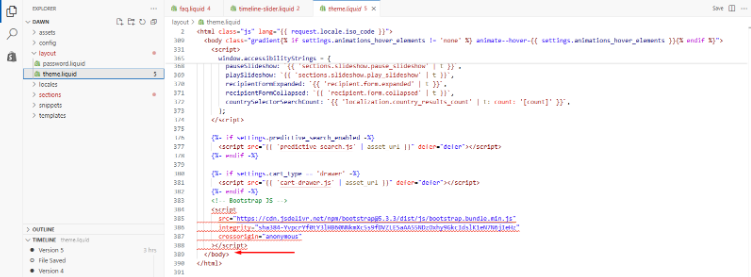
Conclusion
Installing Google Tag Manager on your WordPress or Shopify site is one of the intelligent decisions you can make for your tech stack. Google Tag Manager provides paid and organic analytics, advertising, and performance tracking capabilities without asking for a developer’s help for even minor changes. Once GTM is live, you can easily add Google Analytics, Ads conversions, and more — all from one clean dashboard.
FAQs
To verify your GTM setup:
- Go to your GTM dashboard.
- Click Preview mode.
- Enter your website URL and connect.
If your tags are firing correctly, you’ll see a “Connected” message and detailed tag activity logs.
In GTM:
- Create a new tag → choose GA4 Configuration.
- Enter your GA4 Measurement ID.
- Set the trigger to All Pages.
Save and publish your container. This connects GA4 to your website through GTM instantly.
Yes. Copy the GTM Head and Body code snippets and paste them directly into your WordPress theme files (header.php and footer.php). However, using a plugin like Insert Headers and Footers is safer and easier for beginners.
The Google Ads Tag only tracks Google Ads conversions, while Google Tag Manager can manage multiple tags, including Google Ads, Analytics, Facebook, LinkedIn, etc. GTM offers more flexibility and scalability.
Written by Adam Gibbs
Adam is a skilled SEO content expert with a proven track record of crafting high-quality, keyword-rich content that drives traffic, engages readers, and ranks on search engines. With 10+ years of experience in digital marketing and content strategy, Adam specializes in creating blog posts, website copy, and marketing materials tailored to both audience needs and SEO best practices.
Related Posts
- All Posts
- SEO
Mastercopy Table of Contents Book Intro Call Case Studies Share: Related Guides: Related Posts SEO Beyond Keywords: Why Schema Markups...
Mastercopy Table of Contents Book Intro Call Case Studies Share: Related Guides: Related Posts SEO Beyond Keywords: Why Schema Markups...

Mastercopy Table of Contents Book Intro Call Case Studies Share: Related Guides: Related Posts SEO Beyond Keywords: Why Schema Markups...
Mastercopy Table of Contents Book Intro Call Case Studies Share: Related Guides: Related Posts SEO Beyond Keywords: Why Schema Markups...


